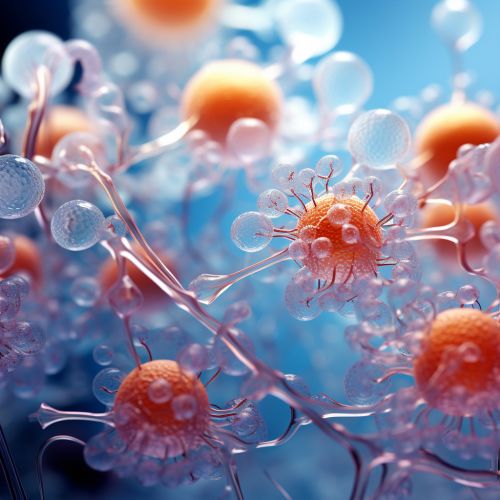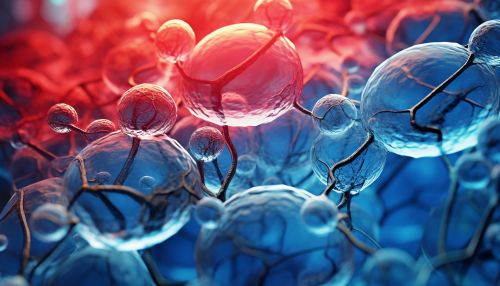Stem Cells
Introduction
Stem cells are a class of undifferentiated cells that have the ability to differentiate into specialized cell types. They are characterized by their ability to self-renew, or multiply, while maintaining the potential to develop into other types of cells. Stem cells can become cells of the blood, heart, bones, skin, muscles, brain, and other body parts. They are a key component of regenerative medicine, as they open the possibility of replacing damaged tissues in the body.
Types of Stem Cells
Stem cells can be broadly classified into four types: embryonic stem cells, adult stem cells, induced pluripotent stem cells (iPSCs), and cord blood stem cells.
Embryonic Stem Cells
Embryonic stem cells (ESCs) are derived from a 4-5 day old embryo, known as a blastocyst. These stem cells are pluripotent, meaning they can give rise to every cell type in the fully formed body, but not the placenta and umbilical cord. These cells are incredibly valuable because they provide a renewable resource for studying normal development and disease, and for testing drugs and therapies.
Adult Stem Cells
Adult stem cells, also known as somatic stem cells, are found in small numbers in most adult tissues, such as bone marrow or fat. Compared with embryonic stem cells, adult stem cells have a more limited ability to give rise to various cells of the body. Until recently, it was thought adult stem cells could create only similar types of cells. For instance, researchers believed that stem cells residing in the bone marrow could give rise only to blood cells. However, emerging evidence suggests that adult stem cells may be able to create unrelated types of cells. For instance, bone marrow stem cells may be able to create bone or heart muscle cells.
Induced Pluripotent Stem Cells
Induced pluripotent stem cells (iPSCs) are adult cells that have been genetically reprogrammed to an embryonic stem cell-like state by being forced to express genes and factors important for maintaining the defining properties of embryonic stem cells. Although these cells meet the defining criteria for pluripotent stem cells, it is not known if iPSCs and embryonic stem cells differ in clinically significant ways.
Cord Blood Stem Cells
Cord blood stem cells are found in the blood of the umbilical cord and placenta at the time of birth. These stem cells are more primitive than adult stem cells and have a broader potential to differentiate into various cell types.


Stem Cell Therapy
Stem cell therapy, also known as regenerative medicine, promotes the reparative response of diseased, dysfunctional or injured tissue using stem cells or their derivatives. It is the next chapter of organ transplantation and uses cells instead of donor organs, which are limited in supply.
Potential and Challenges
Stem cells have enormous potential in health and medical research but to fully harness this potential, scientists are studying how stem cells transform, or differentiate, into the diverse range of specialized cells that make humans what they are today. Because diseases such as cancer or conditions such as birth defects are thought to occur because of problems in the differentiation process, an understanding of the development that happens in normal cells will help scientists treat the developmental errors that can occur.
